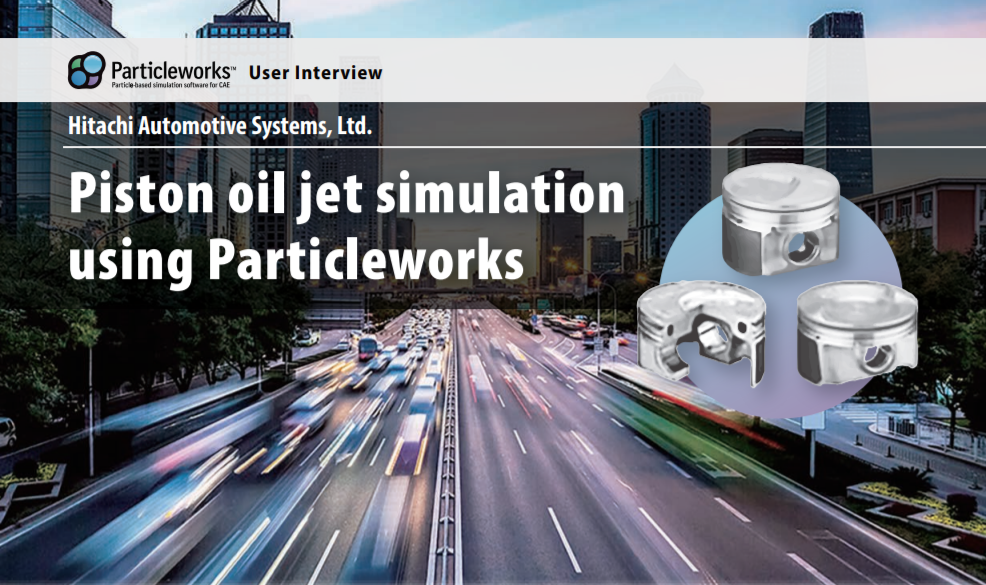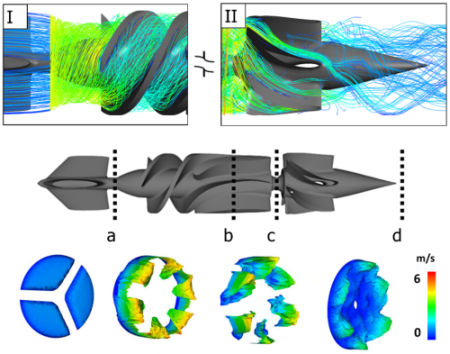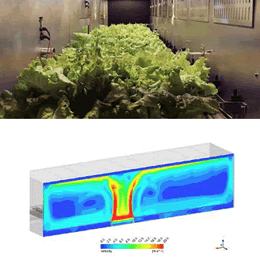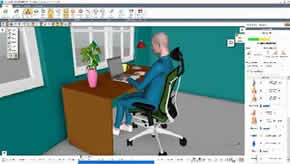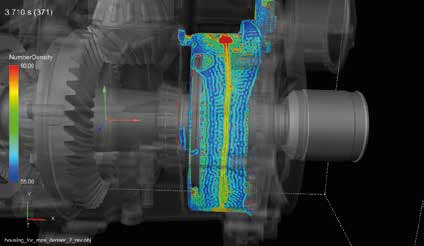Over the past few weeks our engineers have spent time with the latest version of Creo Flow Analysis in Creo 7 and we’re always keeping an eye out for issues our customers may run into. In this case we found a serious issue and want to share a workaround with the CFA community.
When creating CFA projects from Creo assemblies the meshing process regularly failed with a rather cryptic traceback. After some experimentation we found that this can be easily avoided by creating a CFA project with only the extracted volume part.
To do this generate your extracted fluid volume as normal with the assembly, then identify the name of that part. In file explorer navigate to your assembly folder and copy the same part into a new directory, this will be your CFA directory moving forward. Open the part by itself in Creo and create a new CFA project. The fluid volume has already been extracted so it can be directly specified as the fluid volume.
PTC has informed us that this bug will be corrected in a future release of Creo 7 but in the meantime I hope this will be helpful!
Navigating Meshing Issues in Creo Flow Analysis: A Workaround for the CFA Community
Over the past few weeks, our engineers have diligently explored the latest version of Creo Flow Analysis in Creo 7. As always, we strive to identify and address any potential issues that our customers might encounter. Recently, we discovered a significant problem during the meshing process and want to share a practical workaround with the CFA community.
The Problem: Meshing Failures in CFA Projects
When creating CFA projects from Creo assemblies, our team noticed that the meshing process frequently failed, generating a cryptic traceback error. This issue can be quite frustrating, especially when dealing with complex assemblies. After extensive testing and experimentation, we pinpointed the cause of the problem and found an effective way to circumvent it.
The Workaround: Using Extracted Fluid Volume
To avoid meshing failures, we recommend creating a CFA project using only the extracted fluid volume part. Here’s a step-by-step guide to implement this workaround:
- Generate the Extracted Fluid Volume: Start by generating the extracted fluid volume as you normally would with your assembly. Ensure that you correctly identify and name the extracted fluid volume part.
- Copy the Part to a New Directory: Using your file explorer, navigate to your assembly folder and locate the extracted fluid volume part. Copy this part into a new directory, which will serve as your dedicated CFA directory for this project.
- Open the Part in Creo: Open the extracted fluid volume part by itself in Creo. Do not open the entire assembly—just the single part that represents the fluid volume.
- Create a New CFA Project: With the part open in Creo, create a new CFA project. Since the fluid volume has already been extracted, you can directly specify this part as the fluid volume for your new CFA project.
Looking Ahead
PTC has acknowledged this bug and informed us that it will be corrected in a future release of Creo 7. Until the official fix is available, we hope this workaround proves helpful to our fellow engineers and the broader CFA community. Implementing this method should streamline your workflow and minimize disruptions during the meshing process.
Conclusion
We are committed to supporting our customers and enhancing their experience with Creo Flow Analysis. By sharing this workaround, we aim to provide immediate relief from the meshing issues while awaiting a permanent fix from PTC. Stay tuned for more updates and tips as we continue to explore and optimize the latest features in Creo 7.

